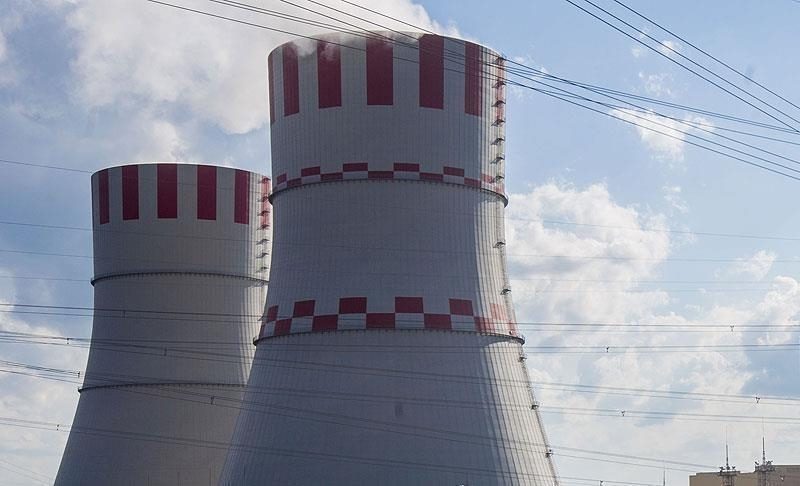By Mark Kawalya
Uganda has announced plans to build the country’s first nuclear facility with the assistance of the China National Nuclear Corporation (CNNC). The Buyenda Nuclear Power Plant will be the third active nuclear power plant in Africa after one in South Africa and another currently being built in Egypt by Rosatom, Russia’s state-owned energy corporation. The partnership with CNNC will enable Uganda to develop capabilities for the peaceful use of atomic energy.
According to the government, Uganda is taking firm steps to integrate nuclear energy into its energy portfolio to enhance supply security, which is crucial for the country’s industrialization.
“Preparation to evaluate the Buyende Nuclear Power Plant site is ongoing to pave the way for the first nuclear power project that is expected to generate 2,000 MW, with the first 1,000 MW to be connected to the national grid by 2031,” Ruth Nankabirwa Ssentamu, the Energy and Minerals Minister, said in a statement.
The minister added that the nuclear plan would be constructed 150 kilometres north of Kampala, the country’s capital, and is part of efforts to diversify the country’s electricity supply resources.
Uganda expects to start generating at least 1000 megawatts (MW) of electricity from nuclear power by 2031.
Uganda’s President, Yoweri Museveni, noted that Uganda has a large uranium reserve that the country wishes to put to good use. He added that his government was ready to construct East Africa’s first nuclear plant and utilize the reserves.
Uganda currently has a power generating capacity of 1500 MW, but government officials expect the country’s energy demand to increase in a few years as earnings from the oil trade lead to an economic boom in the country.
Uganda has a rich endowment of energy resources, which are evenly distributed throughout the country. The energy resource potential of the country includes biomass, hydropower, solar, wind, geothermal, peat, fossil fuels, and atomic energy.








